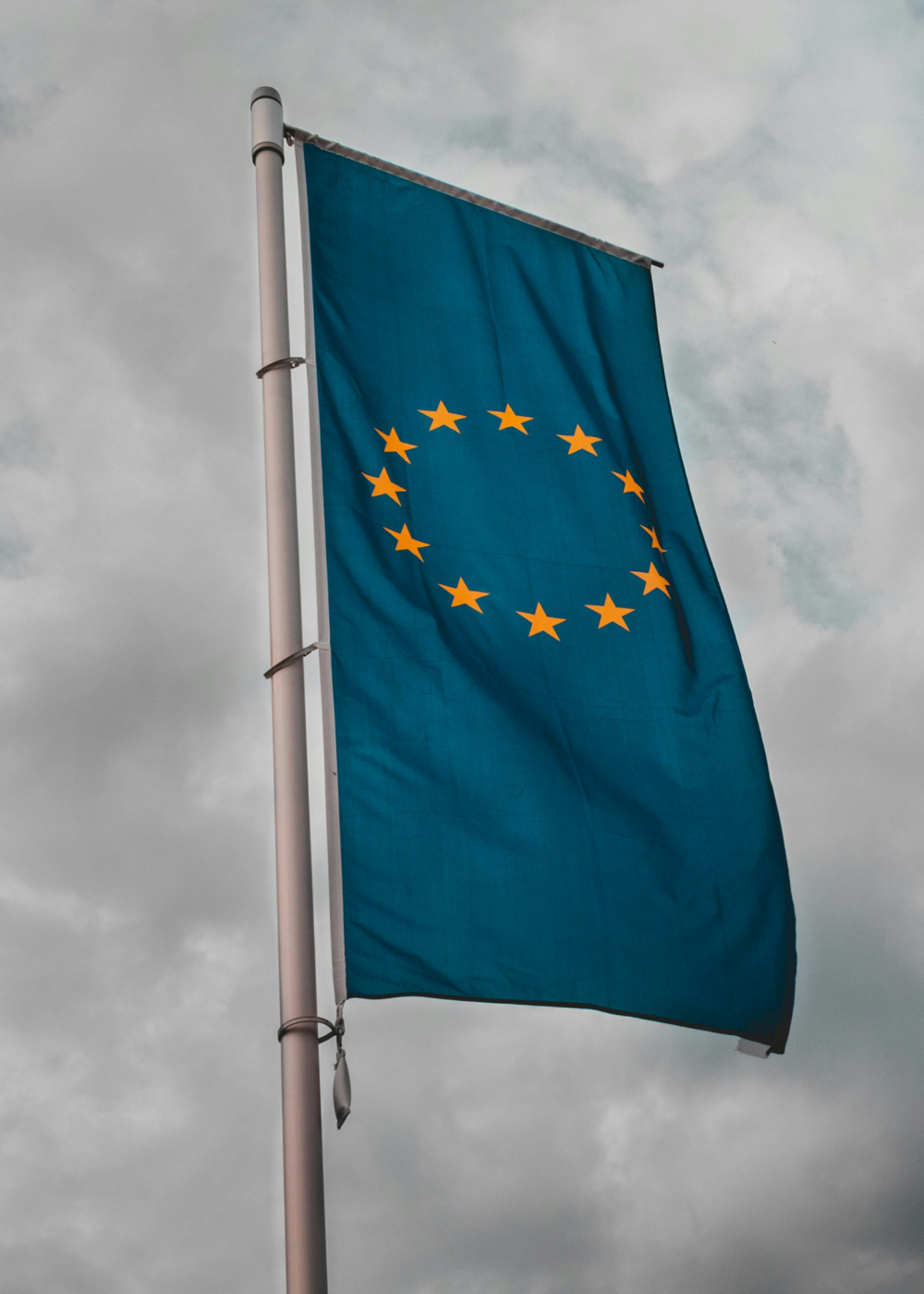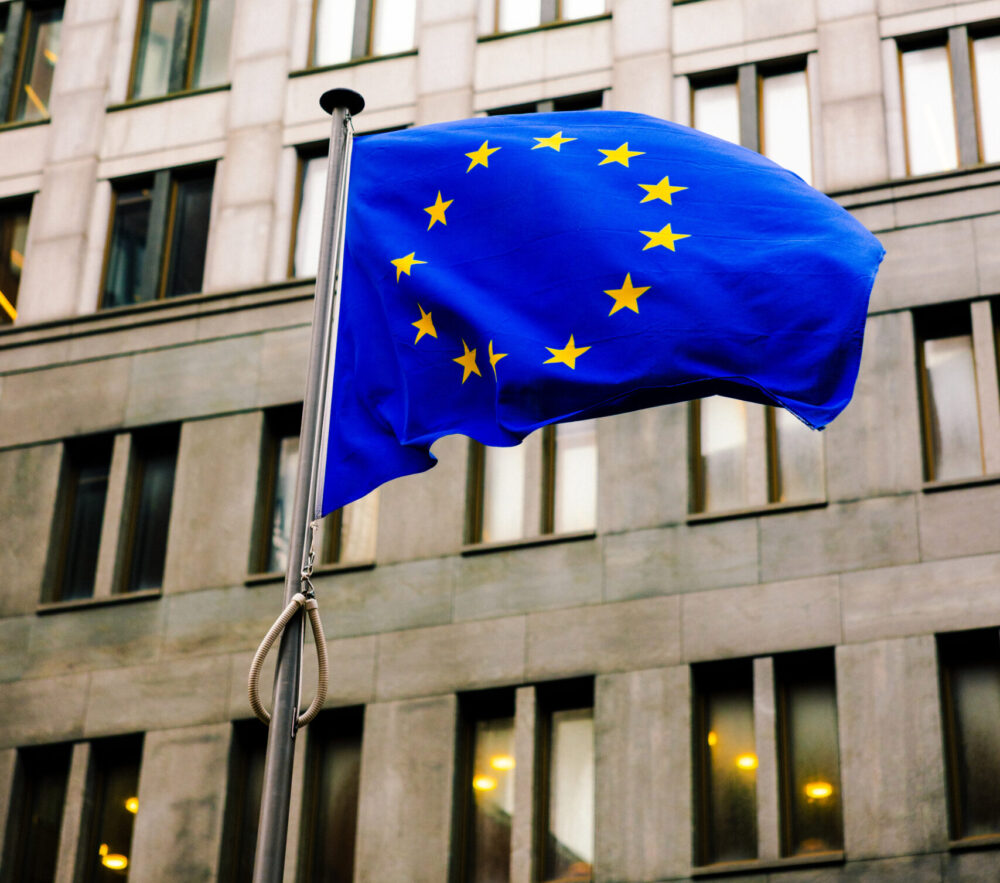The Challenge
Digital identities and wallets aren’t new to Europeans. Many of us use them daily to complete payments at local and online stores, access our boarding passes for seamless travel, or manage our healthcare records.
These conveniences have been widely embraced. Yet, they come with serious caveats.
Traditional wallets are not tied to citizens’ identity cards and national ID. Moreover, they lack transparency about the end destination of shared data, exposing citizens to the risks of fraud and cyber threats. Finally, the absence of interoperability among national wallets complicates travel and the use of cross-border services.
A citizen from France moving to Germany for work or study would have to prove their identity, access local services, and perhaps open a bank account. This citizen would likely need to physically present various documents, possibly translated and notarized, such as their national ID, proof of address, and other personal information, to multiple agencies and institutions. Each service might require different documentation and verification processes, making the transition cumbersome, time-consuming, and stressful.
This not only placed a burden on the individual but also on the institutions trying to verify foreign documents and records.
»What was needed was a secure, privacy-preserving, and convenient digital wallet that would work across all of Europe«, says George Manos, General Manager, EU Institutions, Netcompany.





